How does the deaf people "listen" to music?
Author:Cool brain Time:2022.08.30

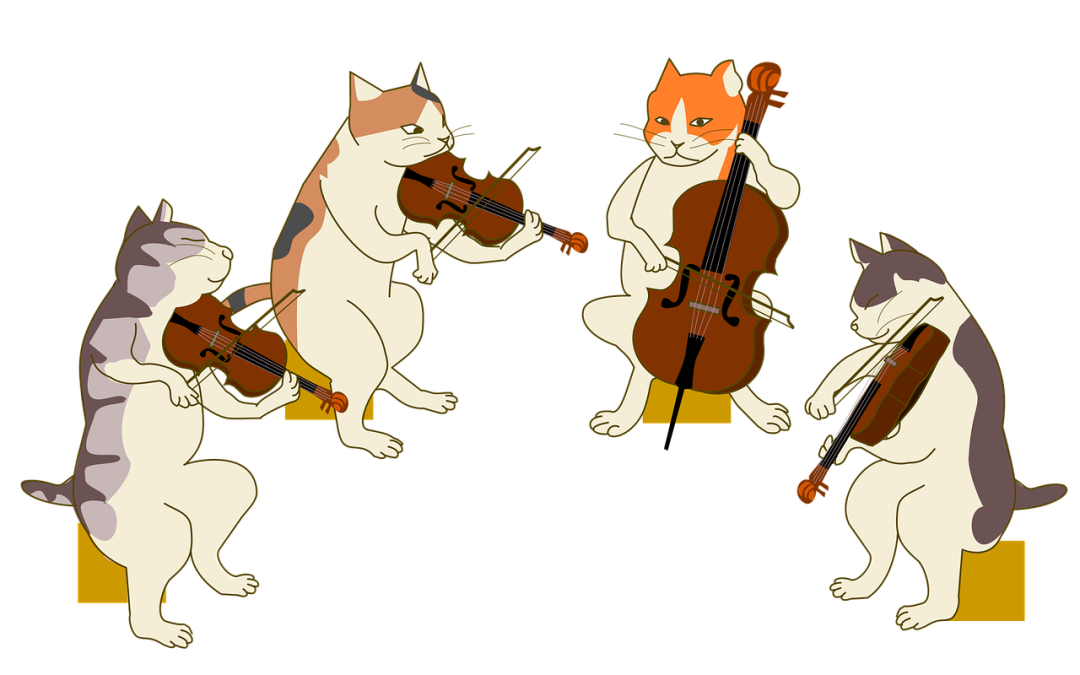
Via: pixabay
The following is the audio of the full text of Miss Sister
Author | Elena renken
Translation | Wang Qijia
Grade -Cool Brain Creative
Reading | Pigeon Tsai
Artist | Old carving worm
Edit | Sales increase
As scientists have a more understanding of how human body and brain are treated with vibration, they are conducting a lot of new research, which will help hearing impaired people to better appreciate music.
Evelyn Glennie began to learn percussion at the age of 12. At that time, her hearing was mostly lost due to neurodegeneration. Her teacher knocked on the fixed sound drum and used the drum vibration to resonate the sound. "He asked me to put my hand on the wall of the music room," Gondoni said in her British home recently. She could feel the first impact of drums, but she could feel the vibration echo. "She explained:" This really made the body slow down because I was paying attention to the whole journey of the sound. "The whole body is involved in the sound. Then, it really changes everything about me. It changes my sensitivity to touch." Gronny learned to identify the sound height of different notes in this way, and eventually eventually Established a career of a famous percussion soloist.
Glennie's extraordinary talent for vibration is extremely sensitive and composed, which reflects the strong connection between millions of deaf people and hearing impaired people with music. Many of them go to the concert or enjoy music at home by touching, visual and swinging. However, as scientists have more understanding of how human body and brain are treated with vibrations, they are conducting a lot of new research, which will help hearing impaired people to better appreciate the complexity and emotional scope of music, whether it is used as a role, whether it is used as a role, whether The audience is still performer. In the process, they also discovered how music creates a symphony through us.
Many deaf audiences will grasp the balloon tightly in order to better feel the vibration of the sound through thin rubber.
When the vibration of some frequencies, the vibrations within a listening range from 20 Hz to 20,000 Hz, when they cross the air and are captured by the tiny sensing cells in the cochlea, listening humans will perceive music and other voices. However, music can also be perceived by touch. Sound waves can be felt on the skin as air pressure, and can also be transmitted through solid materials, such as guitar sound boards or stages, where they can be accepted by hands, body and feet. Vibration can also be felt through the wall of the membrane between the bones and the internal cavity, such as lung and chest cavity.
The tradition of deaf music has long used the power of touch to perceive vibration, which is called vibration touch. Many deaf audiences grabbed balloons tightly to better feel the vibration of the sound through thin rubber, and Gennes is famous for her barefoot performance, so that she can better feel the vibration on the stage. It is said that after Beethoven's deafness, he made a hearing aid with a stick: he bite one end with his teeth and put the other end on the piano to obtain vibration from the music.
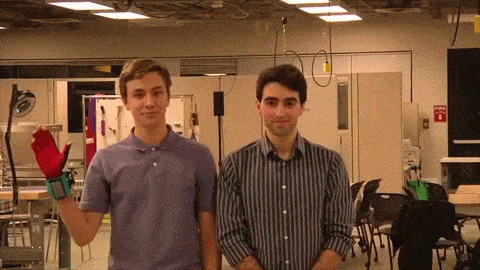
Tuyuan Internet
Due to a combination of brain lines and practice, many natural deaf people seem to have improved the sensitivity of tactile sensation, which can be expressed in various ways. Neuros scientist and musician Frank Ruso is studying how the electrical signal in the brain tracks the beats detected by vibration touch. His preliminary data shows that the results of deaf people and normal people are different. "He studied music cognition, acoustics, and hearing awareness at the Toronto City University. He said," So far, what we see is that the deaf brain has done more than a representative auction than the brain of the brain without hearing impairment. it is good. "
In the deaf's brain, the sound processing part of the brain is often reorganized. Karolina FINC, a cognitive scientist at Nicolaus Copernicus University, said that if there is no large number of sound signals, the auditory leather layer can be re-connected to receive other senses Signals, such as touch and vision. FINC's research in 2020 shows that for those who are deaf in the early days of life, the entire brain's circuit will reorganize to adapt to hearing loss. For example, a network involved in attention and problem -solving the network is found to have a closer connection with the network of coordinated movement, visual system and memory. "The entire brain must be adjusted," FINC said.
Because each hearing impairment has different experiences of music, and everyone's brain is different. How can a person's vibration touch and how much can fill the losses of hearing will be different. In any case, the researchers are now quantifying through the vibration conveyed vibration, and researchers are now quantifying it.
Neurosciences who study sensory perception have always paid attention to hearing and visual systems. Mario Polsa, a neuroscience at the University of Ferburg, who studies the brain in Switzerland, said that people do not understand the vibration touch. "We ignored this vibration to some extent," he said. In 2016 and 2017, when the PRSA was a postdoctoral laboratory at the University of Geneva Daniel Huber's neuroscience laboratory, he was studying how to strengthen the control of the prosthesis. In order to train mice to activate some neurons in the sports cortex, this is a key area for regulating exercise. He tried to give them feedback in the form of tactile vibration. When recording the results, he accidentally found that the neurons in the body sensation were surprising. Different neurological groups have the strongest response to different frequencies. PRSA reads the scientific literature and wants to see what other people had known the actions of the neurons he observed before him, and found nothing. He did not find other descriptions of a specific frequency reaction of neurons to vibration. So he and his colleagues at the University of Geneva decided to conduct some experiments. When they vibrate different frequencies and intensity to the human fingertips and mouse forelimbs through a metal stick, they confirm that different frequencies will cause different neurons to react.
This is an important discovery, because human auditory systems also have similar performances. In fact, the sensory and tactile sensation system overlaps in many interesting aspects. Even among people with hearing, the signal of vibration touch input can be detected by the hearing cortex, and the touch and hearing stimulation will be confused when they are together or alternately perceive. In hearing and touch, the mechanical principles of perception of vibration are basically the same: the sensory nerves of the cochlea and the whole body are called mechanical sensors, which will be bent with the change of pressure, causing nerve impulses, and being sent to the brain. Many creatures, such as some insects and rodents, still communicate mainly through vibration. Some neurosciences even proposed that hearing has evolved from vibration and touch in more complex animals.
In the past one or two decades, engineers have manufactured a series of vibrating wearable devices and devices, which aims to help deaf experience more varying differences in music: jackets, gloves and wristbands prepared for the audience, as well as music for music Drum stools and platforms prepared by home. Recently, NOT Impossible Labs (a company designing innovative open source medical technology) was tested at a concert in Las Vegas. A wearable device looks a bit like a strap or backpack. It consists of a series of wireless sensors-design to enlarge and transmit vibrations of different frequencies-tied to the back, shoulders and waist, and ankles and wrists.
NOT Impossible Labs wearable device
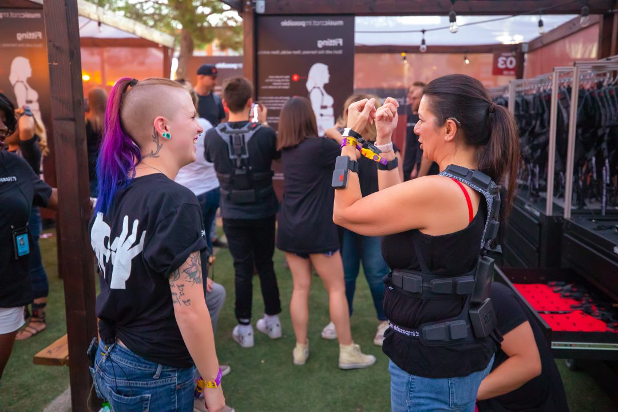
However, many existing instruments are still relatively rough, mainly conveying bass and beats. Glennie has tried the vibration platform, chair and wristband, and she said that she was worried that equipment like this would make the touch experience of music boring. Scientists have just begun to understand how to capture and convey the true complexity, depth and emotional range of music through touch, and transform the soothing human voice, deep bass and crickets into tactile vibrations, combining complex frequencies and intensity combinations , Make people feel delicately.
The deaf brain can better show festivals than normal people's brains.
When the Musical Vibrations project of Liverpool provides their technology to the deaf raprs Sigzkid, he found that it helps him keep up with the rhythm when the group of Musical Vibrations that transform music into vibrations) will help him keep up with the rhythm. They entered one of his songs into the device, which transformed the equipment with bass guitars, guitars, drums and drums into vibration. Each foot of SIGNKID is placed on two vibers-red and white jars with round boards on it to vibrate through his heels and front feet. "I like this," he told Musical Vibrations team. "I can use this." The team lent him the device, and he used these devices when making the 2019 EP "The Visual Experience".
Some music characteristics of tactile vibration are obvious: they can effectively convey the rhythm. Analysis of the EEG shows that the brain signal measured by the scalp and the music festival beats synchronously, whether the beat is transmitted by sound or touch. But touch can convey more details of music. The amplitude of the sound waves is transformed into volume in the auditory system, and the intensity of the pressure is felt in the vibration touch system. In these two modes, the frequency creates a sense of sound.
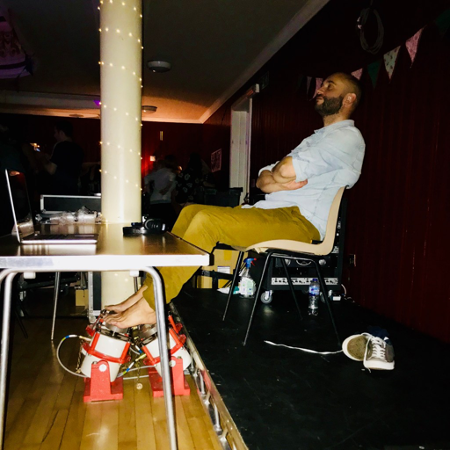
However, we are not as sensitive to changes in vibrations as changes in sound, which makes it more difficult for sound high detection. According to the research of Carl Hopkins, the person in charge of the music vibration project, even after training, using vibration to identify nearby notes, such as the difference between C and C tone, for deaf people and normal people It's difficult. We can also distinguish between the height of many notes produced by vibration tactile instruments and vocals, although this range is narrower than the range of sound.
If there is no sound to explain, the hearing cortex can be connected to itself to receive signals from other senses.
Our ears are the most sensitive to the frequency between 2000 and 5000 Hz, and the range of vibration tactile generally between 5 and 1,000 Hz (as a reference, male deep sound areas are generally between 75 and 100 Hz). This means that the frequency of the highest tone that usually detects the ears cannot be received by vibration tactile, such as, or cannot be accurately identified. But this also means that even if we can't hear, we can feel some low frequencies. Through vibration, people can also recognize the differences in sound color, which shaped the "color" of the sound we heard. "Even if you hold two pianos, their tone is not exactly the same," Russo said. "They may be playing C, but compared with the vertical piano, the triangle piano has more brilliant things." Only by touching a small tool, listening and deaf people have proved that they have the ability to detect detection The differences between the violin, piano and long numbers, and the dullness and bright sound.
PRSA and his collaborators are studying whether the combination of certain frequencies can make the vibration tactile system happy than a combination of other frequencies. "Is there such a kind of thing as an octa degree as a vibration? PRSA wants to know." Is there something similar to discordant notes? "He and his collaborators have begun to explore these problems with a simple melody experiment: testing the basic melody can be identified by the vibration of deaf people and listening people through the vibration of the touch induction, such as" Happy Birthday ".将音频转化为可以通过触摸感受到的振动是一门不完美的科学。因为触摸可检测到的频率范围比耳朵可检测到的范围更窄更低,而且由于更难区分相邻的音调,一些The notes have been changed during this process. PRSA wants to see these changes-especially between one frequency and another frequency-how to affect the subject's ability to identify the melody. However, the results of this research have not been announced yet. Essence
Dutch listening singer rap performance
Reference (click slide to view)
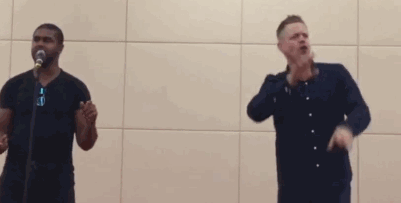
1. Holmes, J.A. Expert Listening Beyond The Limits of Hearing: Music and Deafness. Journal of the American Musicology Society 70, 171–220 (2017)....
2. Rowe, M., Tracey, D., Mahns, D., Sahai, V. Ivanusic, J. Mechanosensory perception: Are there contributions from bone-associated receptors? Clinical and Experimental Pharmacology and Physiology 32, 100-108 (2005 ).
3. Tranchant P., et al. Feeling the beat: BOUNCING SYNCHRONONATION to VibrotaCTile Music in Hearing and Early Deaf people. Frontiers in Neuroscience 11 (2017).
4 Russo, F.A., AMMIRANTE, P., Fels, D.I. VibrotActile Discrimination of Musical Timbre. Journal of Experimental Psychology: Human Perception and Performance 38, 822-826 (2012).
5. Levänen, S. Hamdorf, D. Feeling Vibrations: Enhanced Tactile Sensitivity in Congenitally Deaf Humans. Neuroscience Letters 301, 75-77 (2001).
6. Bonna, K. Early Deafness Leads to Re-Shaping of Functional Connectivity Beyond the Auditory Cortex. Brain Imaging and Behavior 15, 1469-1482 (2021).
7. PRSA, M., Galñanes, G.L., Huber, D. Rapid Integration of Artificial Sensory Feedback During Operating Conditioning of Motor Cortex Neurons. Neuron 93, 929-939.e6. D., Nourizonoz, A., Lee, K.-S., Huber, D. A Common Computational Principle for VibrotActile Pitch Perception in Mouse and Human. Nature Communications (2021).
9. PRSA, Morandell, K., CUENU, G., Huber, D. Feature-Selective Encoding of Substrate Vibrations in the Forelimb Somatosensory Cortex. Nature 567, 384-388 (2019).
10. Humphries, C., Liebenthal, E., Binder, J.R. Tonotopic Organization of Human Auditor Cortex. NeuroImage 50, 1202-1211 (2010).
11. Barbour, D.L. Intensity-Invariant Coding in the Auditory System. Neuroscience biBehavioral Reviews 35, 2064-2072 (2011).
12. CAETANO, G. Jousmäki, V. Evidence of VibrotActile input to Human Auditory Cortex. NeuroImage 29, 15-28 (2006).
13. Auer, E.T. JR, Bernstein, L.E., SUNGKARAT, W., SINGH, M. VibrotActile Activation of the Auditory Cortices in Deaf Versus Hearing Adults. Neuroreport 18, 645-648 (2007)..
14. Remache-Vinueza, B., Trujillo-Léon, A., Zapata, M., Sarmiento-Ortiz, F., Vidal-Verdú, F. Audio-tactile rendering: A review on technology and methods to convey musical information through The sense of touch. Sensors 21, 6575 (2021).
15. Gilmore, S.A. Russo, F.A. Neural and Behavioral Evidence for VibrotActile Beat Perception and BIMODAL Enhancement. Journal of COGNITIENISCIENCIENCIENCIENCIENCIENCIENCIENCIENCIENCIENCIENCIENCIENCIENCIENCIENCIENCERENCEREN, 635-650. 2021) (2021) (2021)
16.mahns, d.A.., Perkins, N.M., Sahai, V., Robinson, L., Rowe, M.J. VibrotaTile Frequency Discrimination in Human Hairy Skin. Journal of neurophysiology 95, 1442-1450 (2006) (2006) (2006).
17. Hopkins, C., Maté-CID, S., Fulford, R., Seiffert, G., GINSBORG, J. Perception and Learning of Relative Pitch by Musicians using the vibrotaCa34ae.Range and high-firequency perception. Plos One 11, E0155807 (2016).
Cool brain long -term collection of brain science and psychological articles, welcome to submit
Please submit a mailbox: [email protected]
Click here, let friends know that you love brain science


- END -
Deep | Dongguan Quality New benchmark
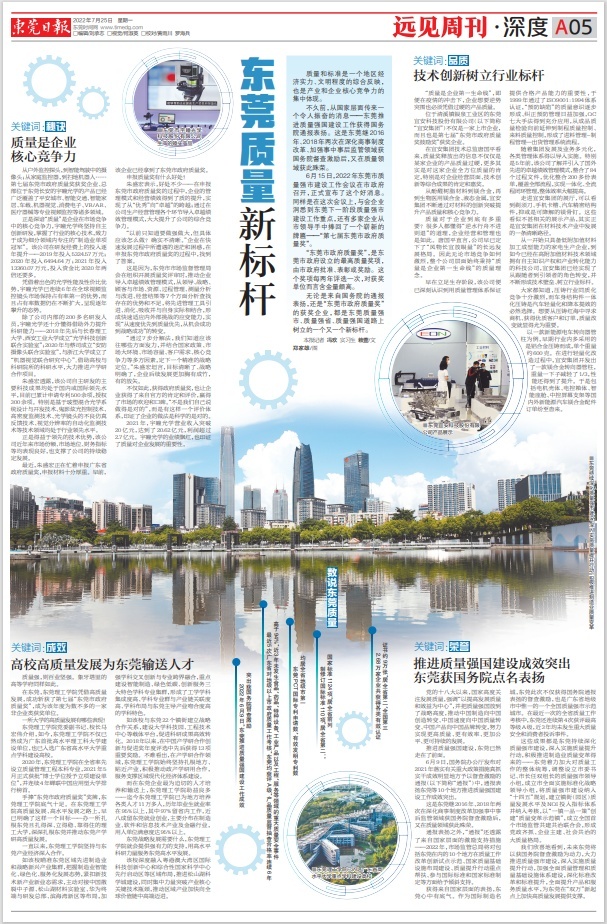
Quality and standards are a comprehensive reflection of a regional economic streng...
25 -year -old Youth | Animal Turbal Stepped Shepherd "Sheep" Empty Emoticon Industry

Animal animal husbandry is an important industry in the national economy and an im...